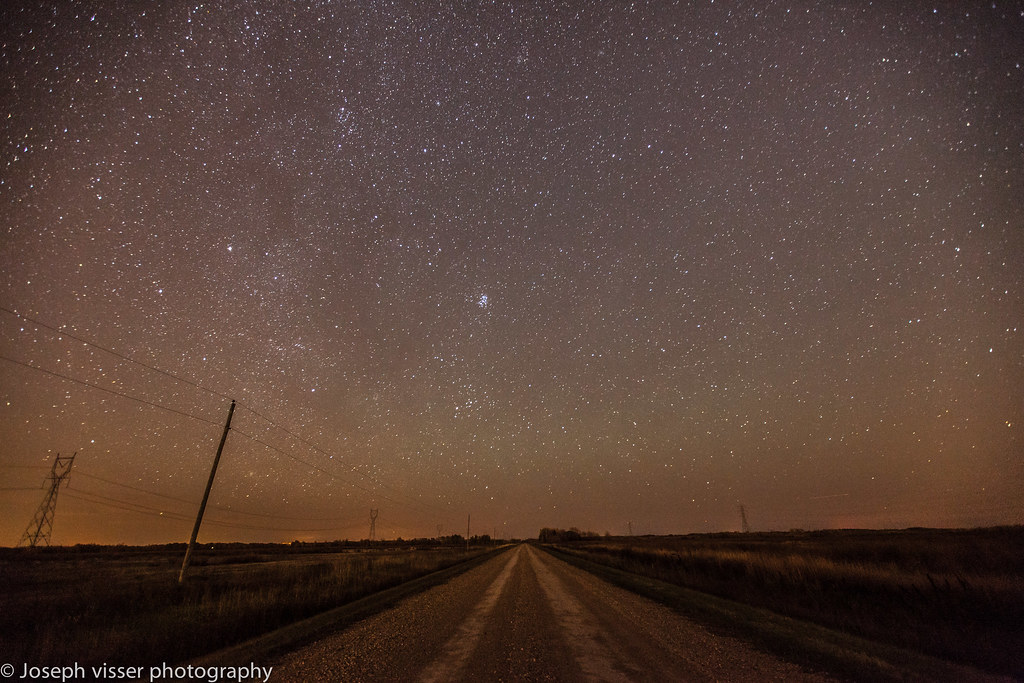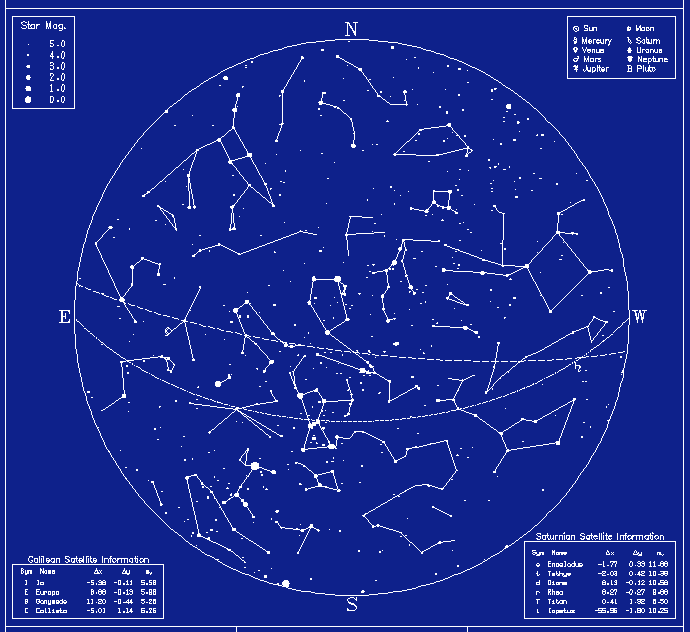Nowadays, astronomy is synonymous with telescopes. In the grand scheme of things, though, telescopes are a pretty new instrument. Galileo first pointed the telescope at the sky in 1609, whereas human beings have been practicing astronomy as long as we’ve been around. I advise you, beginner astronomer, to start out how your ancestors did long ago. Learn the sky first with just your eyes, then you can move on to those oh-so tempting telescopes.
There are a few reasons you should start out with naked eye astronomy. First, there is a lot to see, once you know what to look for. The night sky is pretty boring if all you’re seeing is a bunch of white dots. However, when you look up and can say, “hey, that smudge of light is the Andromeda galaxy!” or you can pick out planets from the background stars, the feeling of excitement and accomplishment you get is incredibly rewarding. Second, it costs nothing. No equipment needed- just your eyes and a clear night. Lastly, if you ever plan on stargazing with a telescope, you’ll need to know where to point it.

https://c1.staticflickr.com/6/5332/10176334386_232b8a0ec7_b.jpg
Learning the night sky might seem a bit daunting, but trust me, you’ll catch on in no time. Before I get into the nitty-gritty details, here are some things to keep in mind:
- Light pollution is a big limiting factor. Naked-eye astronomy is really hard to do in a city, unless there is a blackout.
- It takes at least 20 minutes for your eyes to get used to the dark.
- Use a red-light flashlight so you don’t ruin your night-vision.
- The more time you spend stargazing, the more you will see and notice.

https://i.imgur.com/JSvJK.png
Now to the fun part!
When learning the sky, a star chart really comes in handy. These charts lay out constellations, celestial objects, and stars. However, they’re pretty confusing, and you can’t read them when it’s pitch black out.

http://www.pas.rochester.edu/~blackman/ast104/starmap-small.gif
Luckily for us, though, there’s an app for that! Sky Guide is an interactive sky chart that’s much easier to use than a star chart. You point it at the sky, and it tells you what you’re looking at, along with some other features. It also has a red-light mode for night-time use!
Another thing that will help your learning the night sky are guidepost constellations. These are constellations that can be used to find other stars and constellations! In the northern hemisphere, you can use Orion in the winter and the Big Dipper in the summer.
Orion:

https://heavenswithlamps.files.wordpress.com/2012/04/star_hopping_1.png

https://heavenswithlamps.files.wordpress.com/2012/04/new-picture-7.png?w=604
Big Dipper:

https://static1.squarespace.com/static/5505d864e4b072c28ec4110a/t/5553583ce4b0853282ea2bf3/1431525438471/
Finally, here are some cool naked eye objects that you can see!
City:
- Moon
- Planets
- Parts of major constellations (often missing stars)
Suburbs:
- (the above)
- Pleiades Star Cluster
- Major Constellations
- Orion Nebula and Andromeda galaxy might be glimpsed
- Variable Stars (Algol and Lambda Tauri, Betelgeuse, Delta Cephei)
Rural:
- (the above)
- Milky Way
- Orion Nebula and Andromeda galaxy readily visible
- Globular Clusters
- Variable stars
- Zodiacal light
Don’t think you are limited to only this list- the sky’s the limit on what you can find! Good luck, and happy star gazing!
Extra Resources:
Naked Eye Astronomy Guide (much more in depth than this post)
